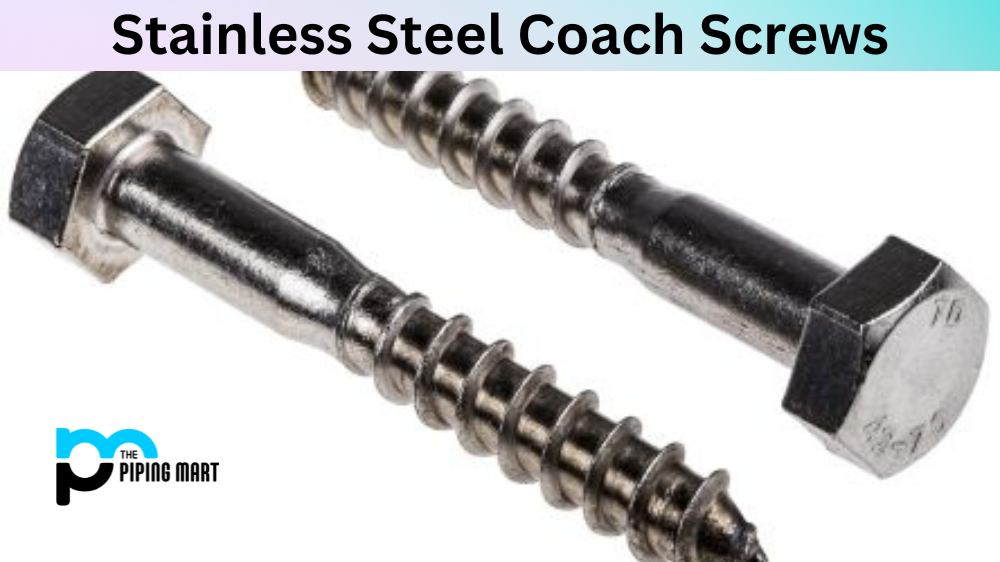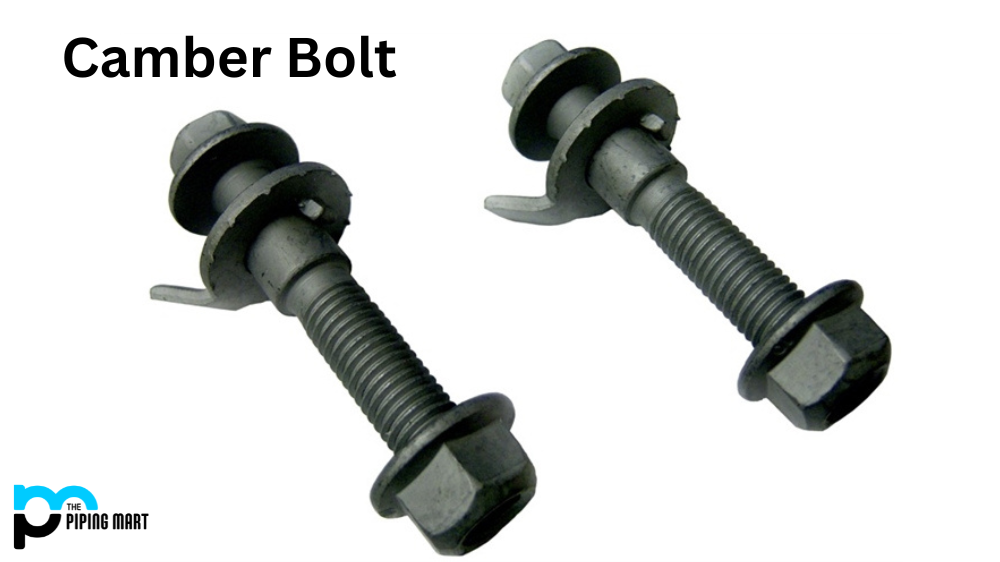When it comes to plumbing, there are two popular methods used to join pipes together. The first is compression fitting, and the second is sweating. Both of these techniques have pros and cons, so it can take time to determine which option is best for your project. In this blog post, we will discuss the differences between compression fitting and sweating so that you can make an informed decision regarding your next plumbing job.
Compression Fitting
Compression fittings use a mechanical force to join two pieces of pipe together. This method involves inserting a threaded nut into a threaded pipe and then compressing a ferrule or olives onto the end of the pipe with a wrench until it is tight enough. While this method requires minimal skill and knowledge, it also leaves little room for error if done incorrectly, as it can cause leaks or even breakage in some cases. Additionally, due to its design, compression fitting may only be able to handle higher pressures without being damaged or failing at some point.
Sweating
Sweating involves soldering pipes together using a torch and solder material such as lead-free solder or flux paste. This method requires more skill than compression fitting but generally provides better results because the connection is more secure than with compression fittings. Additionally, sweat connections can often handle higher pressure levels than compression fittings due to their strength and durability. However, sweating does require extra time and effort, as well as special tools such as torches, fluxes, solders, etc., all of which must be purchased separately before beginning work on your project.
Difference Between Compression Fitting and Sweating
- Sweating a pipe is a more permanent solution.
- A compression fitting is easier to remove if you need to make repairs down the line.
- Sweating a pipe requires soldering skills.
- A compression fitting can be used with any pipe material.
- Sweating a pipe creates a stronger joint.
- A compression fitting is less likely to leak than a sweat joint.
Conclusion:
When deciding between compression fitting vs sweating for your plumbing project, several factors must be considered, such as cost, time constraints, the skill level required etc. Compression fittings may require less skill, but they also have limitations when it comes to pressure handling. At the same time, sweat connections provide a stronger connection but require more time and expertise to be completed properly. Ultimately, the best choice will depend on your specific needs, so make sure to do research beforehand to make an informed decision that will benefit you in the long run!

Pipingmart is a B2B portal that specializes in metal, industrial and piping items. Additionally, we share the latest information and information about materials, products and various types of grades to assist businesses that are involved in this business.




